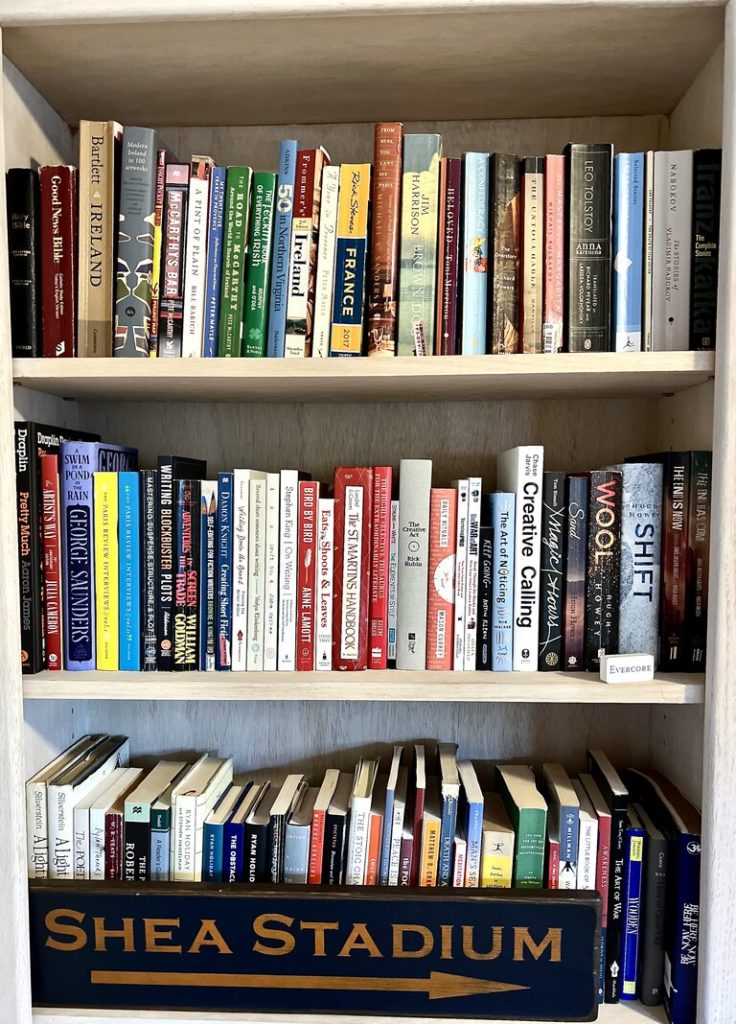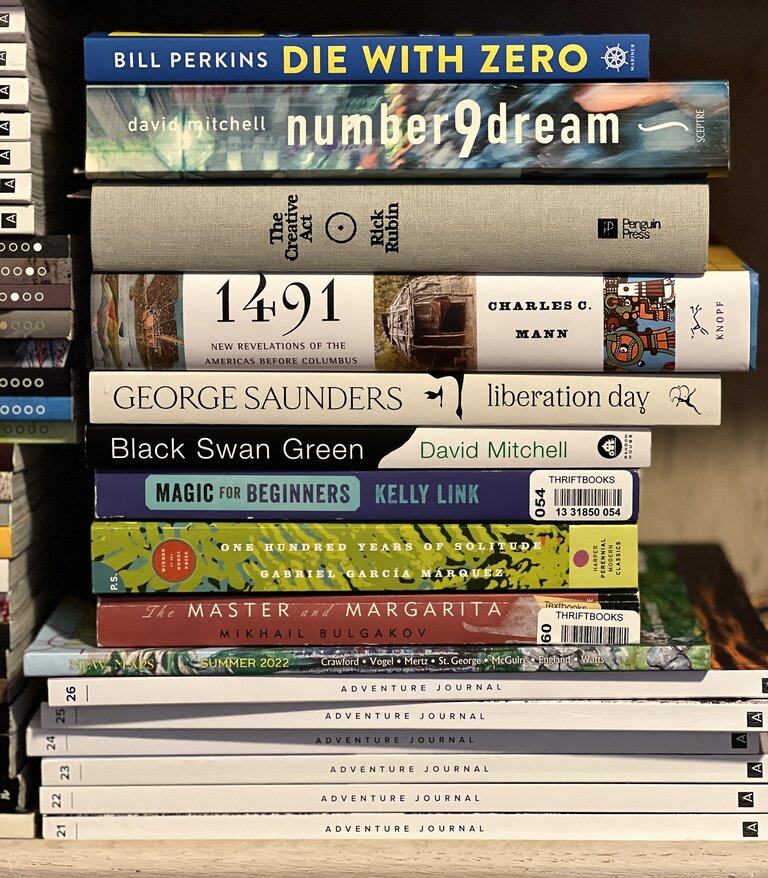
Readers of Chawner.net know David Mitchell is one of my favorite authors. I took a break from reading his books after Cloud Atlas. Since then, I’ve re-read Ghostwritten and The Bone Clocks (my favorite). During the re-reading Bone Clocks, I discovered Slade House was a follow-up to Bone Clocks.
I read, somewhere, Slade House was about an extraordinary house in a city… naturally, I thought it was the backstory of 119A (a Horologist safe house). No, Slade House is different. I liked the book; reading it immediately after re-reading The Bone Clocks was immensely helpful… I was already in the Mitchell universe. It follows the usual Mitchell approach; seemingly unrelated narrators who tie together in the end.
There are a few notable differences. The book is short compared to most DM novels and feels much simpler. As I read it on a vacation, it worked for me, but readers who expect the usual deep backstory may be let down. And this book is a quasi-horror, part haunted-house tale. Everything about Slade House is disconcerting; I felt dread for characters caught in its web.
One of my goals for reading Slade House was to pay close attention to how DM told his stories. First person, always. Backstory delivered naturally, not through info dumps. References to other people, even passing, were connected to his larger universe. But done in a lighter, interesting way… even though we jumped between four narrators, they were compelling with different viewpoints of the same situation.
It was hard, though, to concentrate on how DM “did his work”. I was too interested in the narrators and the story. Mostly, I cared about what happens next. I even experienced this with Bone Clocks, a book I’d read, but forgot the nuances. This immersion in the story and its characters is what makes DM a brilliant author and someone to emulate.
Slade House is strongly recommended. An intriguing read with a clever conclusion. The biggest con is to fully appreciate the side references and parts of the conclusion, the reader should have read at least the Bone Clocks.










